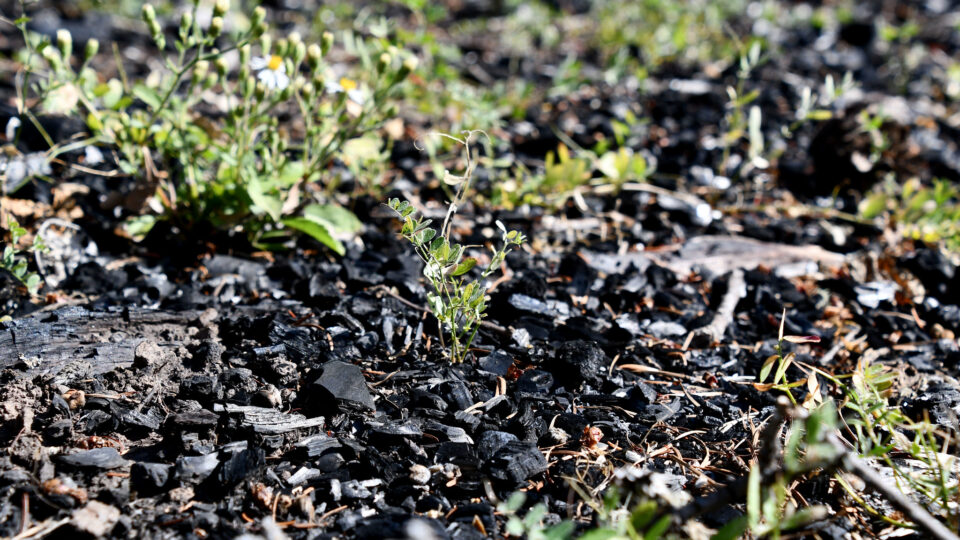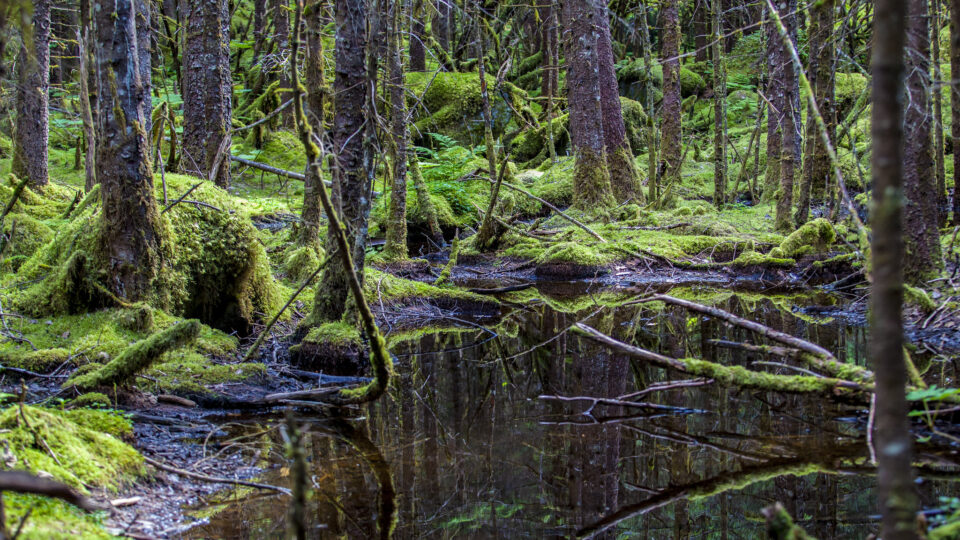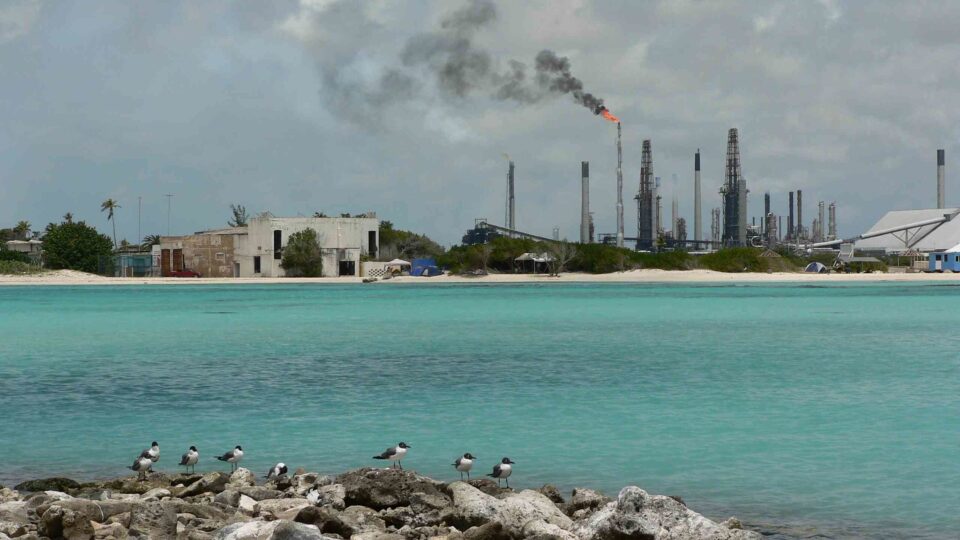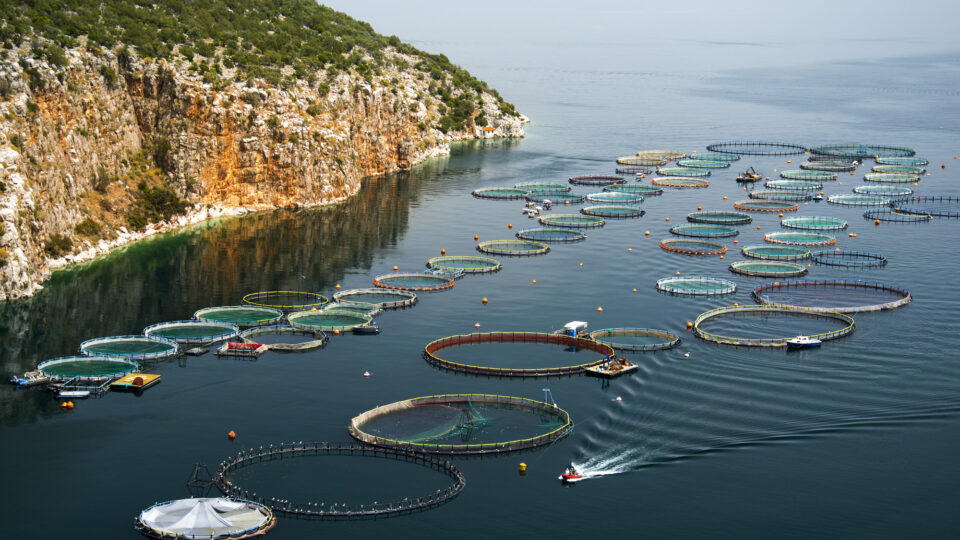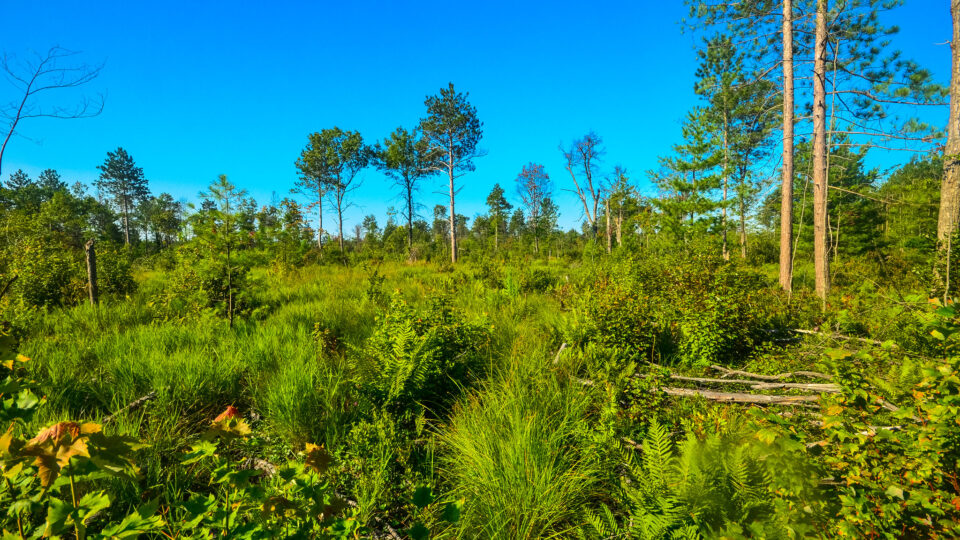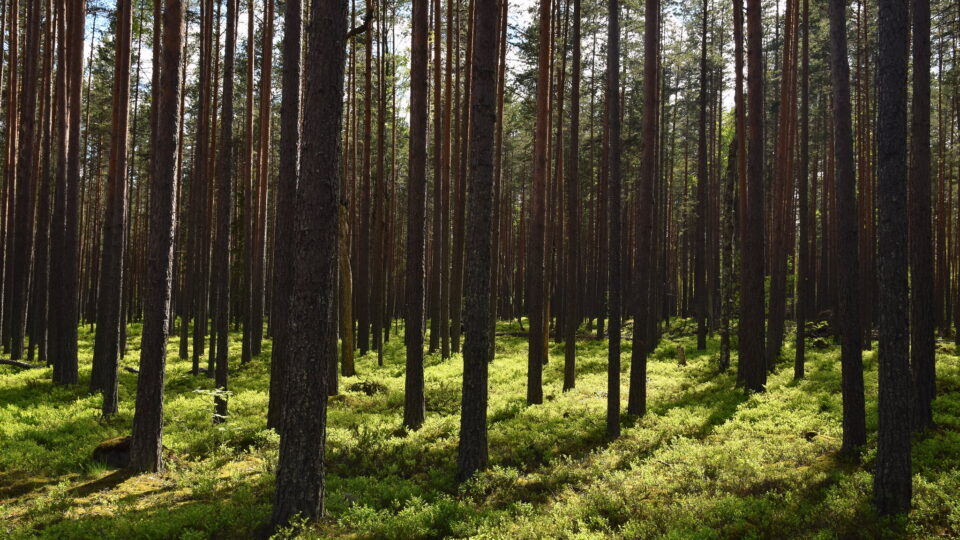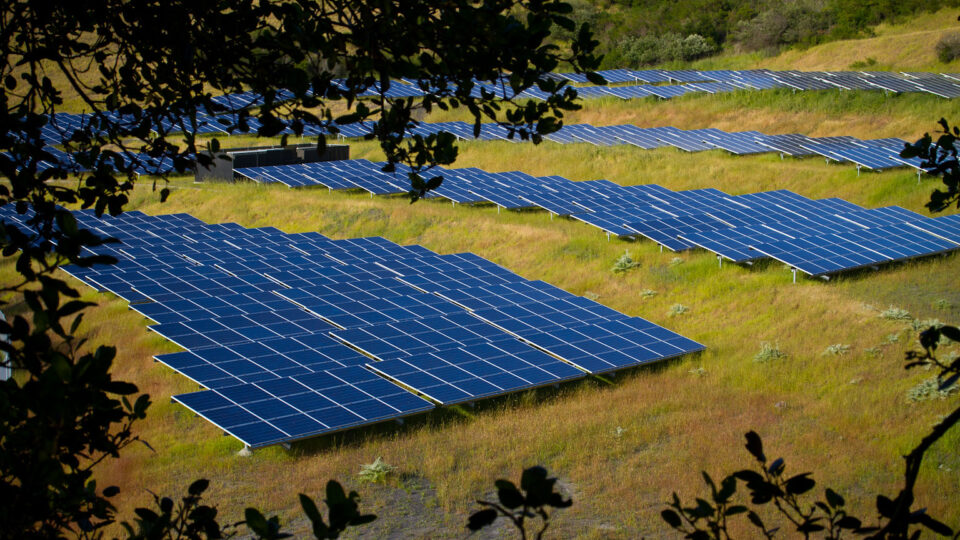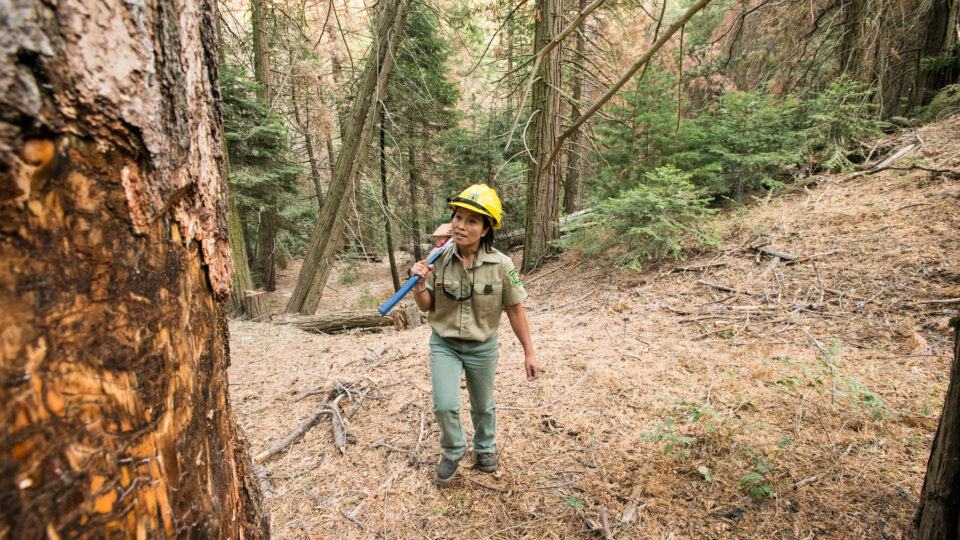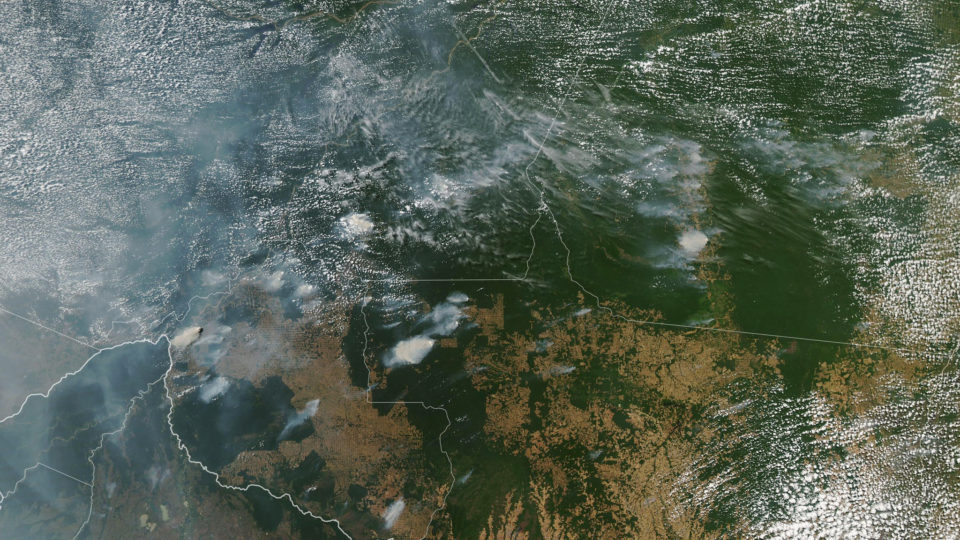Biochar is a charcoal-like substance that is made by burning organic materials like crop and forestry wastes in a controlled process called pyrolysis, which is burning in an oxygen-deprived environment. Pyrolysis produces little or no contaminating fumes and results in a stable form of carbon that can’t easily escape into the atmosphere. Biochar is a very efficient way to convert carbon into a stable form.
Adding charred biomass to improve soil quality has been done for thousands of years. Indigenous people in the Amazon added charcoal, food residue, and other waste to their soil. When mixed with soil, biochar creates favorable conditions for root growth and microbial activities, which reduces greenhouse gas emissions.
Last year, 125,000 tons of carbon dioxide were removed worldwide in the durable carbon market, which is a carbon credit marketplace for carbon removal. About 93% of that was in the form of biochar.
Biochar represents a value-added way to deal with agricultural waste and also to make use of dead trees in forests that should be removed to lower the risk of wildfires caused by the presence of all that dry tinder material.
A bill to fund biochar research is pending before the Senate Agricultural Committee. It is a rare example of bipartisan legislation.
Biochar is currently expensive to make in the US because large amounts of biomass must be shipped to one of the fewer than 50 small-scale production facilities in the country. But with appropriate infrastructure, biochar could play an important role in efforts to sequester carbon and combat climate change.
**********
Web Links
Biochar Is ‘Low-Hanging Fruit’ for Sequestering Carbon and Combating Climate Change
Photo, posted September 3, 2019, courtesy of Tracy Robillard / NRCS via Flickr.
Earth Wise is a production of WAMC Northeast Public Radio
